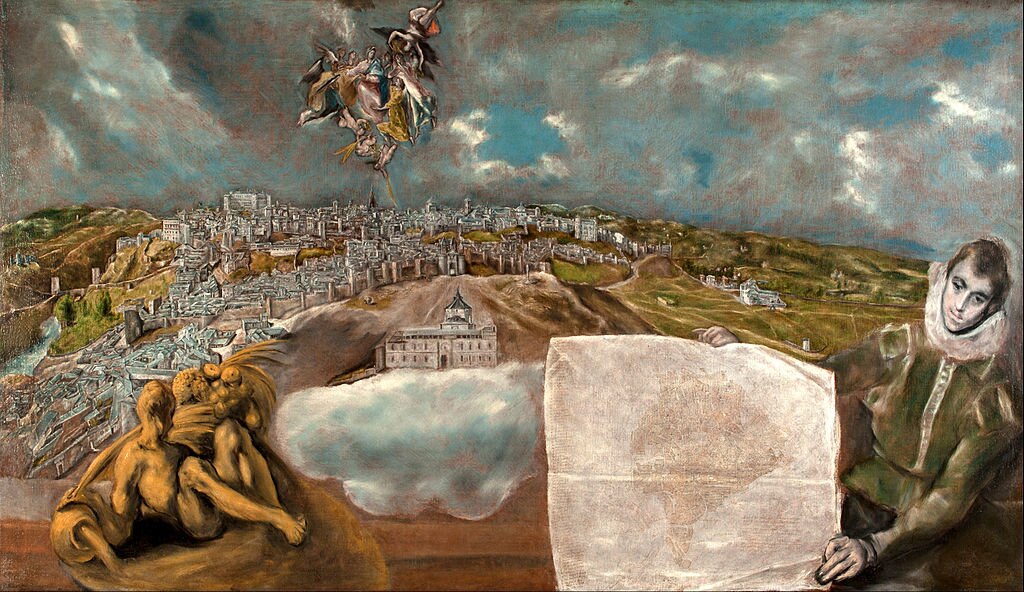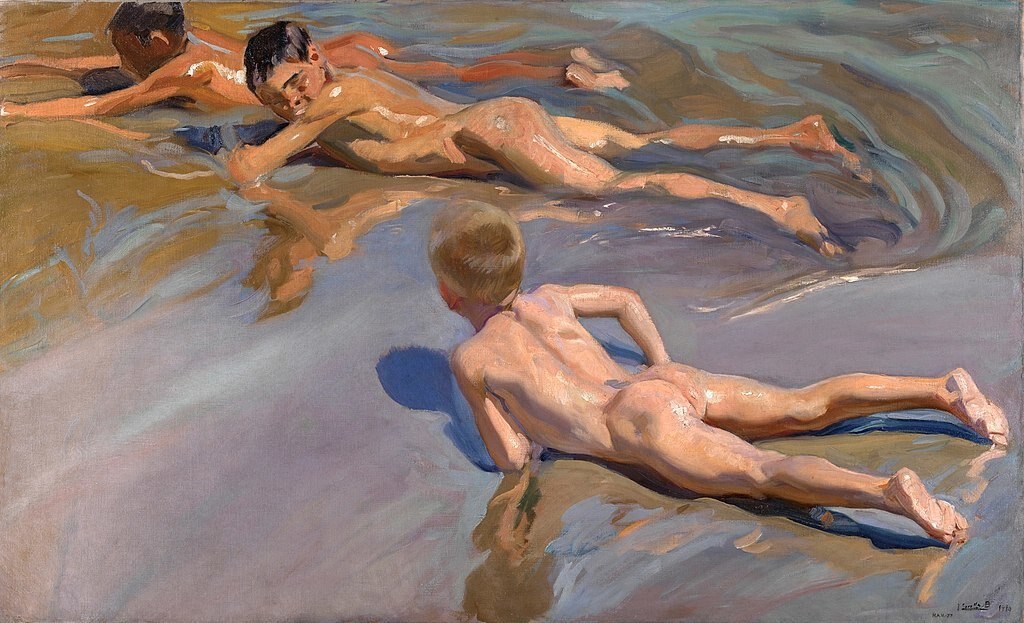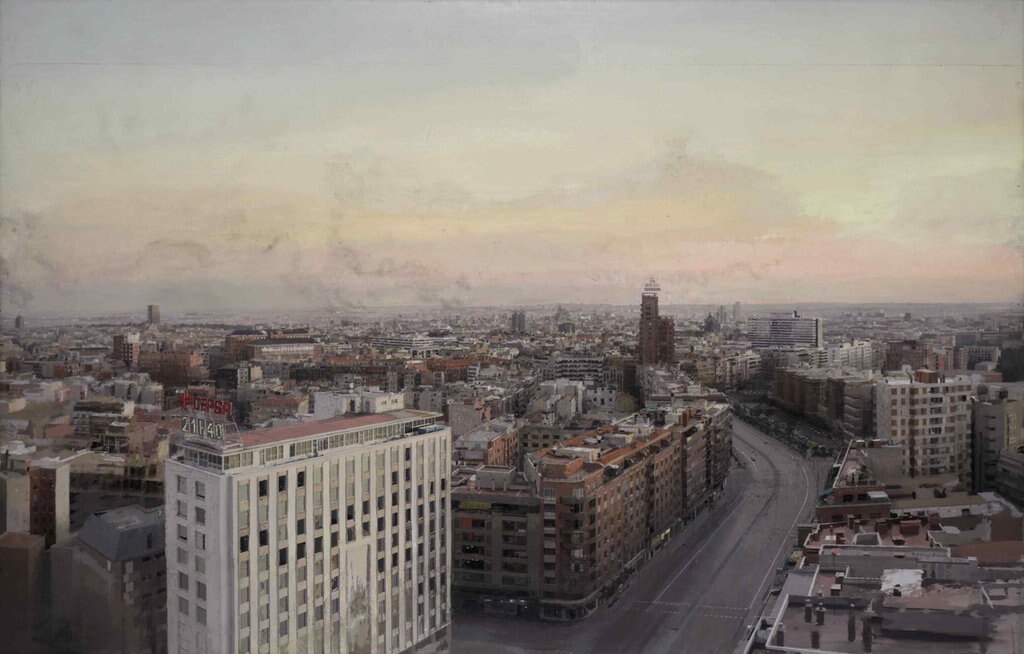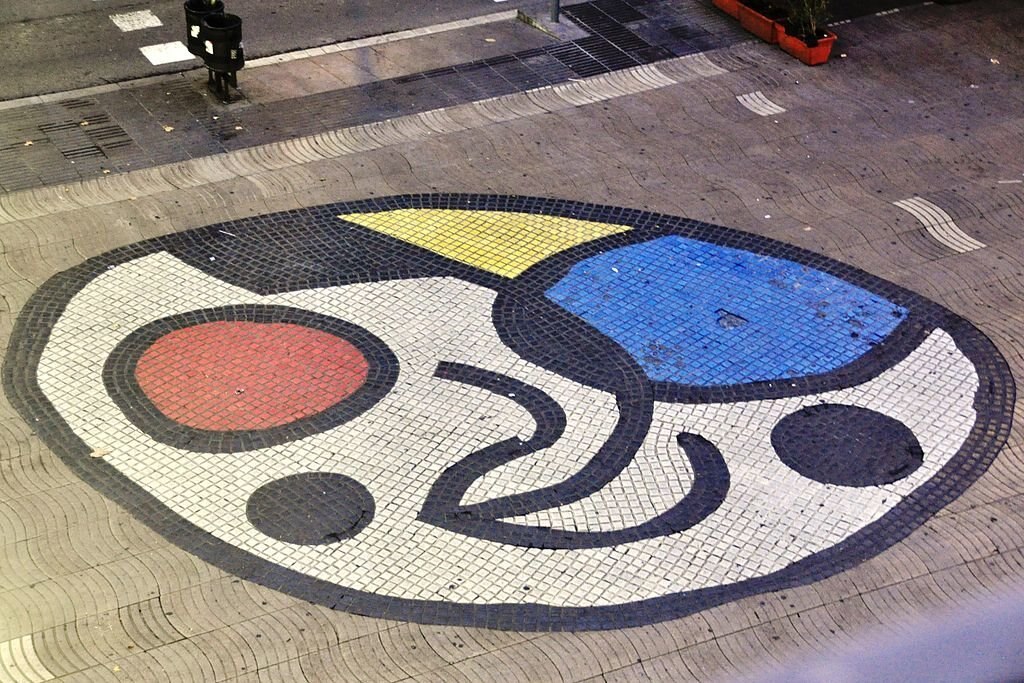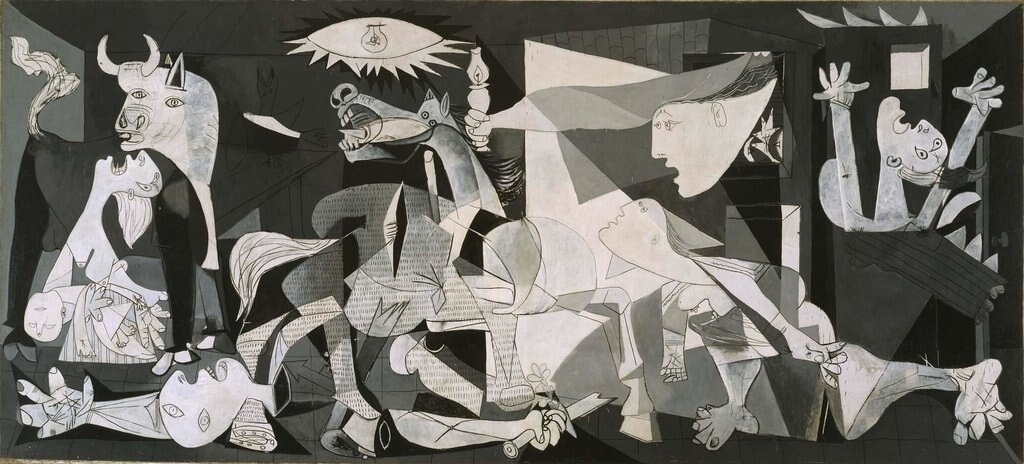Artists that painted Spain
“Spain is the home of many great artists. Many of the country’s painters appear in the annals as masters of the history of painting. Names like Velázquez, Murillo, Goya and Dalí are just a few of the great geniuses who left a priceless legacy.
As we know it would be practically impossible to look at all the great Spanish painters, we’re offering a different kind of experience. Let’s explore the country through the brush strokes of some of its greatest talents. Join us for this unique exhibition with the artists who painted Spain.
El Greco and Toledo
——————-
In 1577, El Greco arrived in Spain. He came with the intention of becoming Philip II’s court painter. However, the monarch was unconvinced by his painting. In spite of this, the artist was fascinated by the historical legacy of the Castilian capital, and by an empowered class that appreciated art.
He would settle in the city until his death. It is here where he produces unique paintings by means of a completely new method. It was this method he used to recreate areas of the city, either as backgrounds for his religious paintings or as the true protagonists of his work.
This is the case of View of Toledo, which belongs to the art collection of the Metropolitan Museum of New York. With a mannerist vision that borders on the Baroque, El Greco makes his particular recreation of the city. He plays with its layout, removes some buildings and inserts others, making space to accommodate the River Tagus.
The phantasmagorical vision and harsh lighting makes the most of the buildings’ profiles. Without a doubt, it represents a very significant contribution for future surrealists.
Another of his recreations of the city is View and Plan of Toledo, a work in his last stage of life. It can be visited at the El Greco House Museum located in the Jewish Quarter of the old city.
This painting was the first of its kind in Spain. Places such as Venice and Rome, where El Greco had previously resided, frequently commissioned painters to create a map of the cities.
On this occasion, the painter takes the opportunity to include modern buildings that had been incorporated into the city since his arrival. Thus, we can see the Alcázar and the Puerta de Bisagra, for example.
Joaquín Sorolla and Valencia
—————————-
If there is a painter that is linked to the Spanish Levante, it’s Joaquín Sorolla. Valencia was always a source of inspiration for this master of light. Not for nothing is he included in the school of illuminists, as well as the impressionists and post-impressionists.
He knew how to capture daily actions and recreational moments like no one else. Above all, he allows us to admire the power exerted by the Valencian sea in his paintings. Bearing this in mind, it’s clear we couldn’t avoid looking at some of his best known works: Boys on the Beach.
The painting is in the Prado Museum in Madrid.It is captivating to contemplate the bodies of the children in the water.You can sense the way they enjoy their nude dip, common at the time.
This became a recurring theme of the Valencian painter, who took areas of beaches such as La Malvarrosa, to show children swimming or playing in the waves. The Valencian women walking along the seashore was also part of his unique imagination.
Antonio López and Madrid
————————
The nephew of another man called Antonio López, also an outstanding painter, this artist offered us a hyperrealist view of Spain’s capital. His obsession with capturing every last detail and capturing the most minute realities led him to invest years in completing his works.
The best known case is the portrait of the Royal Family of Juan Carlos I, which he worked on for more than two decades. This event caused a great upheaval in Spanish society. However, the painter refused to deem his work finished.
Returning to his images of Madrid, which seem more like photographs than paintings, one highlight is Madrid From the Tío Pío Hill. This painting is on display at the Reina Sofia Museum in Madrid.
But if there is one really spectacular painting with a panoramic view of the Spanish capital, it’s Madrid from Torres Blancas. This masterpiece, which took more than seven years to paint, is surrounded by an almost photographic halo.
The composition belongs to a private collection. In fact, it became the most expensive work by a living Spanish artist. The auction was held at Christie’s in London and went for €1,744,000.
Joan Miró and Barcelona
———————–
Needless to say, Miró’s link with Barcelona is indisputable. An extreme representative of surrealism, Barcelona is full of works by the artist, created to be a part of the city’s streets.
This is the case of the Miró Pavement, a mosaic located in Plaça de la Boquería, in the most central part of La Rambla. Miró intended it to pay tribute to the tourists who came to Barcelona from the sea.
One curious highlight is the Barcelona Series. This is a collection of 50 lithographs. What’s surprising here is the absence of that explosion of colour that is so typical of Joan Miró’s work. However, for these works, he preferred black and white. It is on display at the Joan Miró Foundation.
Picasso and Guernika
——————–
The genius from Malaga was never able to overcome the impact the bombing of Guernica had on him. On 26 April 1937, the Nazi Condor legion and Mussolini’s fascists dropped thousands of shells on the small town in Biscay.
The massacre against the civilian population was an act of support from Germany and Italy for the uprising by the dictator Francisco Franco. The bombing lasted about three hours. They unloaded 31 tons of bombs. They caused the death of more than 1,600 civilians and most areas of the town were razed, according to the archives of the Gernika Peace Museum.
It was an oak tree, popularised as the Tree of Gernika, that was one of the few parts of the city left standing. This oak tree, located in front of the Provincial Council, was adopted as a symbol of Basque freedoms.
Picasso painted this world-renowned painting between May and April of that very year. It was commissioned by the Government of the Republic in Exile. It was made to be shown at the International Exposition in Paris. There it would serve as an instrument to garner international support for the Republican cause.
Today, the mural measuring almost 8 x 3.5 m. is housed in the Reina Sofia Museum in Madrid. It arrived there in 1981 from the MOMA in New York, where it had remained at the express wish of the artist.
The work was conceived as a large propaganda poster. It became a testimony to the barbarism of the war and the cruelty of the Spanish Civil War. Today it’s considered one of the key pieces of 20th century art.”
More Articles With Art
Discover the very best museums and galleries through virtual tours. From London to New York, explore these online museums without leaving your home!
Find everything you need for a fun visit to the York Art Gallery with this comprehensive visitor’s guide.
Discover the top art galleries in London to experience some history and culture on your holiday.
Discover the top art galleries in Manchester to experience culture and history on your next holiday.
Visiting the spas and Georgian buildings of Bath? Check out our visitor’s guide to the Fashion Museum.

